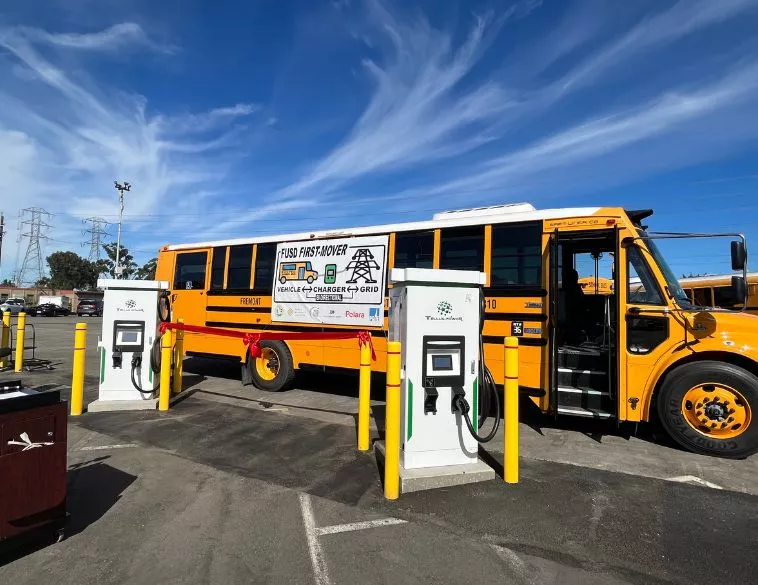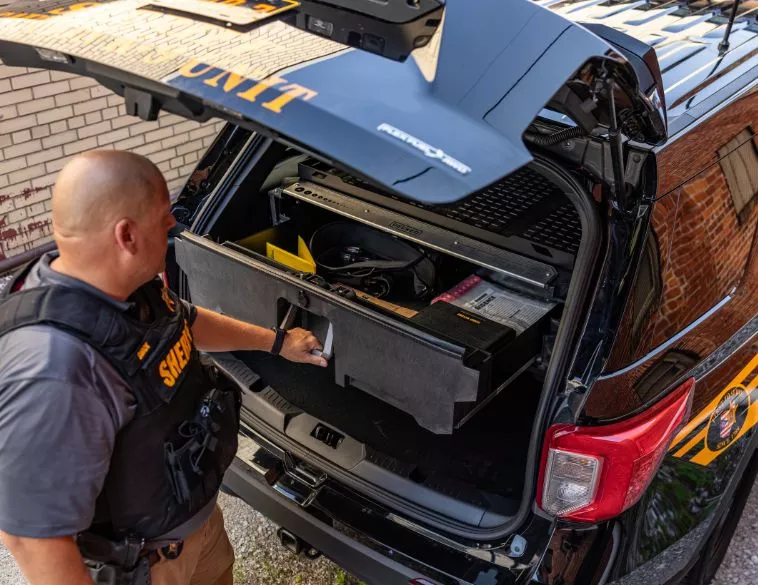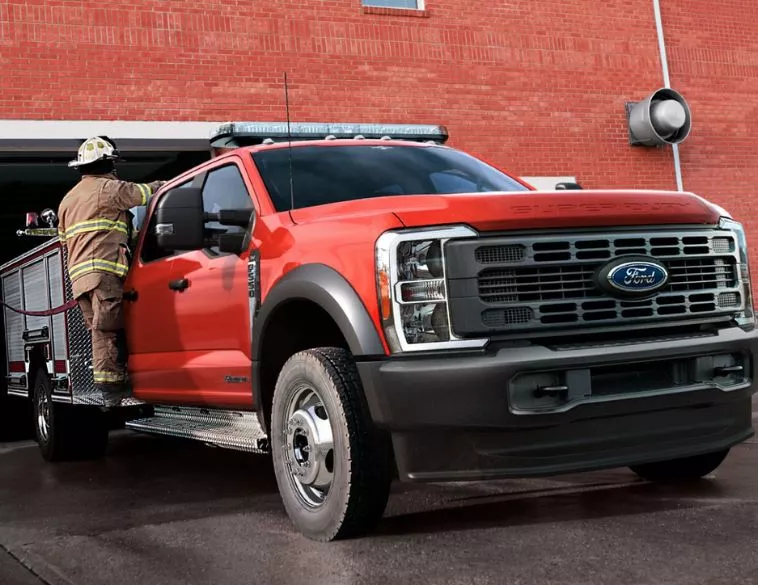Vehicle-to-everything (V2X): When fleets become power grid players

When fleets become power grid players

Transportation electrification is a key driver of decarbonization, sparking new technologies that reshape how we think about energy and mobility. Among these, vehicle-to-everything (V2X) is generating significant interest.
This innovative approach turns electric vehicles into two-way energy hubs, capable of both drawing and delivering power.
In simple terms, V2X is based on bidirectional energy management. While standard charging is limited to recharging the EV’s battery, V2X enables the energy stored in the battery to be sent elsewhere.
- Vehicle-to-grid (V2G): The vehicle sends electricity back to the grid.
- Vehicle-to-building (V2B): The vehicle powers a building or commercial site.
- Vehicle-to-vehicle (V2V): The vehicle supplies energy to another electric vehicle.
- Vehicle-to-load (V2L): The vehicle powers external devices, acting like a mobile outlet.
In short, these technologies turn electric vehicles into smart batteries on wheels, capable of redistributing their energy where it's most needed.
Shared benefits
Bidirectional charging opens new opportunities for commercial fleets. Your vehicles spend many hours parked. Why not make the most of that downtime? With V2G, batteries can generate revenue by returning electricity to the grid when conditions allow. V2B, V2V, and V2L technologies enable cost savings by moving energy instead of consuming new power. That means financial benefits for organizations and real progress in energy efficiency.
For energy providers, V2X is just as strategic. The large-scale electrification of transport is placing unprecedented pressure on power grids. V2X, especially V2G, acts as a flexibility tool. Electric vehicles can absorb surplus renewable energy when it’s available and support the grid during peak demand. It’s an effective way to minimize the need for costly new generation or distribution infrastructure. V2X is emerging as the next-generation grid management tool.
Inspiring V2X Projects
In California, the Fremont Unified School District has turned its electric school buses into true energy partners. When not transporting students, these vehicles store and return energy to help balance the grid.
Here in Canada, the City of Victoriaville launched the country’s first urban resilience project to power municipal buildings during peak periods or outages. This project lays the groundwork for new technological applications in local fleets.
We are entering a new era in the evolution of electric fleets. It's no longer just about zero-emission driving. Fleets are now strategic energy assets, playing an active role in the broader energy transition.




